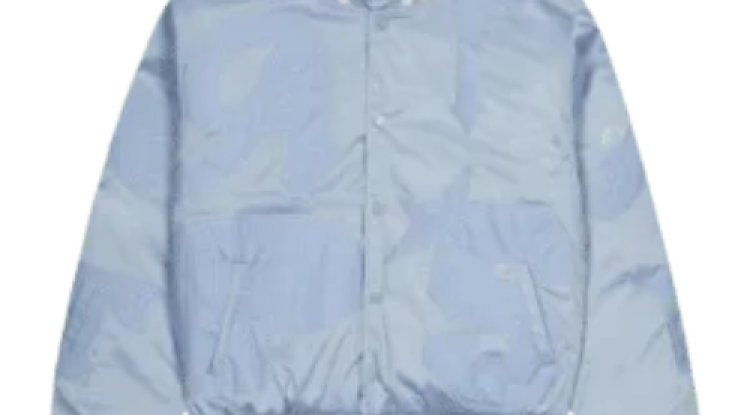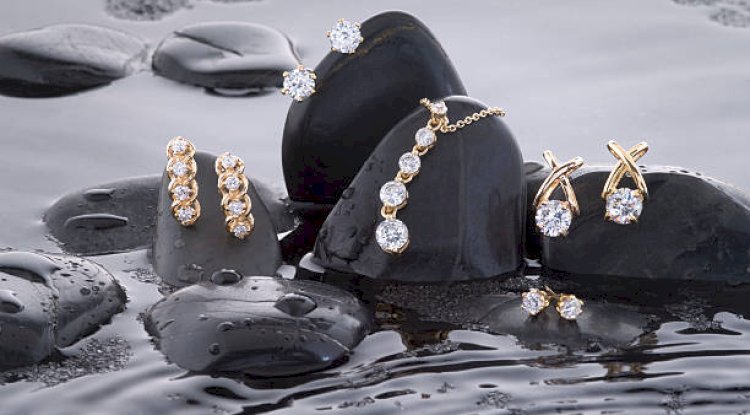Choosing the Right Eyewear: A Comprehensive Guide to Frames, Lenses, and Lens Coatings
Discover the ultimate guide to selecting the perfect eyewear. Explore frames, lenses, coatings, and follow our step-by-step process for optimal results."

Introduction
When it comes to eyewear, making the right choice goes beyond just style. Your eyewear should not only enhance your appearance but also provide the best vision correction and protection. In this comprehensive guide, we will explore the world of eyewear frames, lenses, and lens coatings, helping you make informed decisions to find the perfect eyewear that suits your needs and style.
1. Understanding Different Eyewear Frames
Eyewear frames come in various styles, materials, and designs. To choose the right frame, it's essential to consider your face shape. Different face shapes require different frame styles to achieve a balanced and flattering look. Here are some popular frame styles based on face shapes:
1. Oval Face: If you have an oval face shape, you're in luck! Almost any frame style will complement your features. Experiment with different shapes, such as round, rectangular, or cat-eye frames.
2. Round Face: To add definition and angles to a round face, opt for angular frame styles like rectangular or square frames. Avoid round or oversized frames, as they can make your face appear even rounder.
3. Square Face: Soften strong facial features with round or oval frames. These styles help to balance the angles of a square face. Avoid boxy or geometric frames that emphasize sharp lines.
4. Heart-Shaped Face: Frames that are wider at the top and narrower at the bottom, such as cat-eye or aviator styles, complement a heart-shaped face. Avoid heavy or oversized frames that overpower your delicate features.
5. Diamond-Shaped Face: Look for frames that emphasize the eyes and cheekbones while softening the jawline. Oval or cat-eye frames work well for diamond-shaped faces.
Remember, these are just general guidelines, and personal preference should ultimately guide your choice of eyewear frames.
2. Exploring Lens Types for Eyewear
The lens material plays a crucial role in eyewear performance, comfort, and visual clarity. Here are the most common lens materials available:
1. Glass Lenses: Glass lenses provide exceptional optical clarity but are heavier and more prone to breakage. They are ideal for those who prioritize visual acuity over other factors.
2. Plastic Lenses: Lightweight and impact-resistant, plastic lenses are a popular choice. They offer good optical quality and are less likely to shatter, making them a safer option.
3. Polycarbonate Lenses: Polycarbonate lenses are highly impact-resistant and a preferred choice for sports enthusiasts or those with an active lifestyle. They are thinner and lighter than plastic lenses, making them comfortable to wear.
4. High-Index Lenses: High-index lenses are designed for individuals with stronger prescriptions. They are thinner and lighter than traditional lenses, providing a more aesthetically appealing and comfortable option.
Consider your prescription, lifestyle, and comfort preferences when selecting the right lens material for your eyewear.
3. Enhancing Durability and Performance with Lens Coatings
Lens coatings offer additional benefits to enhance your eyewear's durability, performance, and visual comfort. Here are some common lens coatings you can choose from:
1. Anti-Reflective Coating: This coating reduces glare and reflections on the lens surface, improving visual clarity, especially in challenging lighting conditions.
2. UV Protection Coating: Protect your eyes from harmful ultraviolet (UV) rays by opting for lenses with a UV protection coating. UV rays can cause long-term damage to your eyes, so it's important to prioritize this feature.
3. Scratch-Resistant Coating: Eyewear lenses are prone to scratches from everyday use. Choosing lenses with a scratch-resistant coating helps maintain their clarity and extend their lifespan.
4. Water-Repellent Coating: A water-repellent coating prevents water droplets from clinging to the lens surface, making it easier to keep your lenses clean and clear, especially during rainy or humid conditions.
These coatings are not mandatory but can significantly enhance the performance and longevity of your eyewear.
4. How to Choose the Right Eyewear: Step-by-Step Guide
Now that we've covered the basics, let's dive into a step-by-step guide to choosing the right eyewear:
4.1 Determine your face shape
Start by identifying your face shape using a mirror or consulting with an optician. This will help you understand which frame styles are most flattering for you.
4.2 Consider your lifestyle and needs
Think about your daily activities, hobbies, and any specific vision requirements you have. Do you need eyewear for reading, driving, sports, or all-day use? Consider these factors to narrow down your options.
4.3 Select the frame style
Based on your face shape and personal preferences, explore different frame styles that align with your style and enhance your facial features. Try on various shapes, colors, and materials to find the perfect match.
4.4 Choose the lens type
Consult with an optician to determine the most suitable lens material for your prescription, lifestyle, and comfort preferences. Consider factors such as visual acuity, impact resistance, and weight.
4.5 Opt for suitable lens coatings
Discuss the available lens coatings with your optician and select the ones that align with your needs. Consider coatings such as anti-reflective, UV protection, scratch-resistant, and water-repellent, based on your lifestyle and preferences.
4.6 Get a professional fitting
Once you've narrowed down your frame and lens choices, visit an optician for a professional fitting. They will ensure that your eyewear fits comfortably, provides optimal vision correction, and suits your face shape.
Conclusion
Choosing the right eyewear involves a combination of style, functionality, and personal preference. By understanding different eyewear frames, lens types, and lens coatings, as well as following a step-by-step guide, you can make informed decisions and find eyewear that not only suits your style but also enhances your visual experience. Remember to consult with an optician for professional advice and fittings, ensuring the best possible outcome for your eyewear selection.
Share
What's Your Reaction?
 Like
1
Like
1
 Dislike
0
Dislike
0
 Love
1
Love
1
 Funny
0
Funny
0
 Angry
0
Angry
0
 Sad
0
Sad
0
 Wow
1
Wow
1

















1